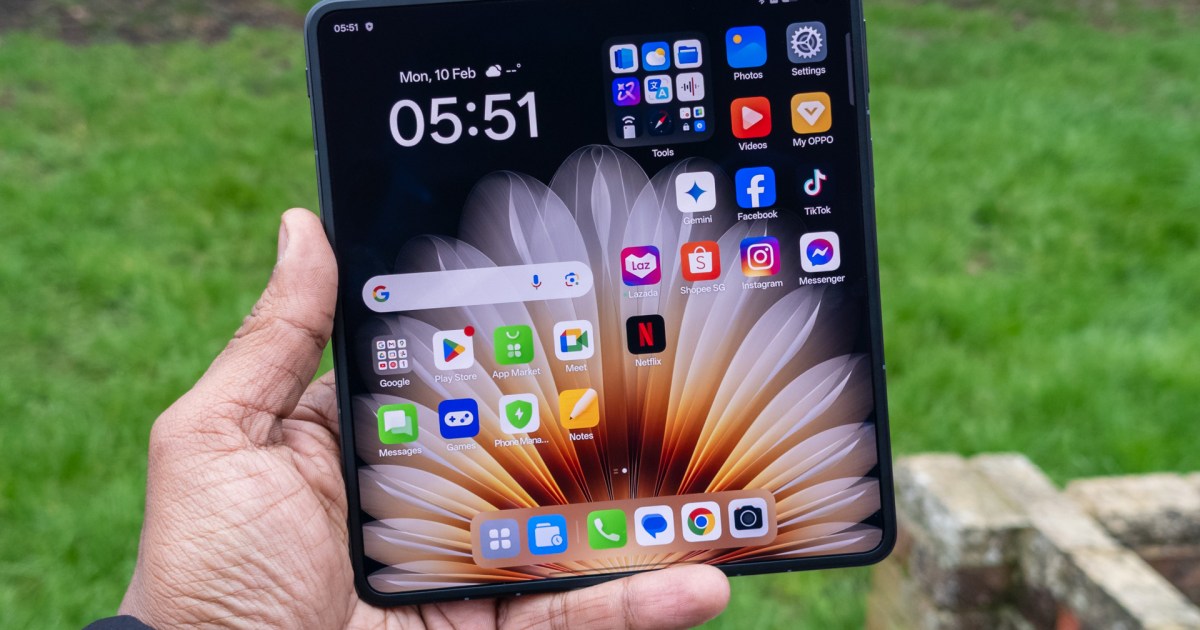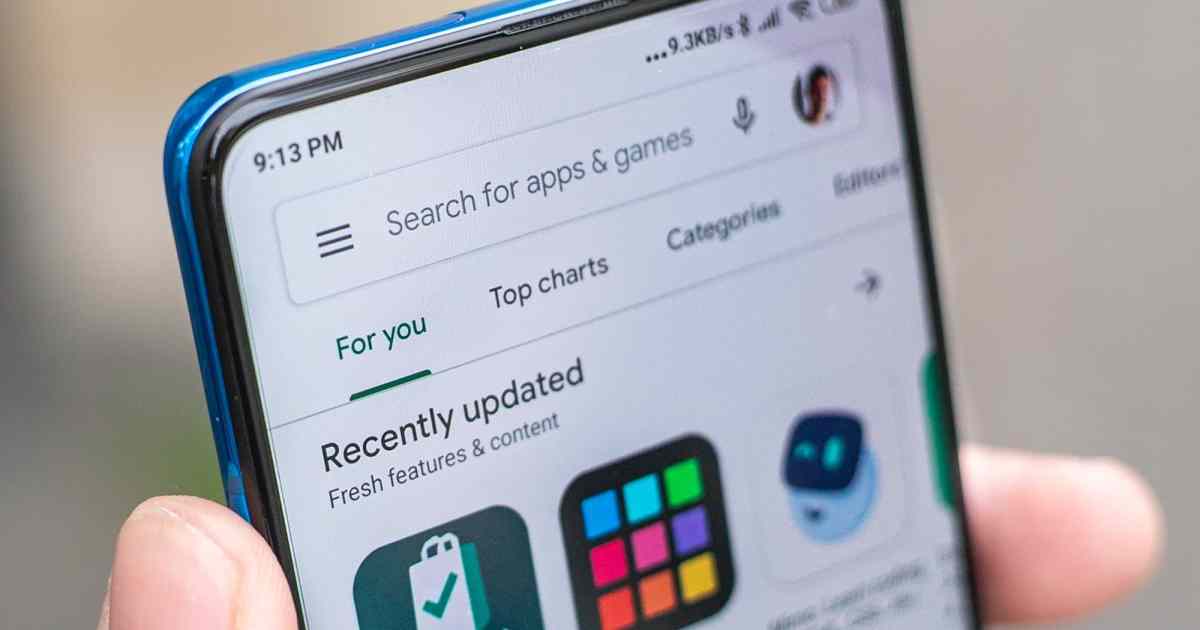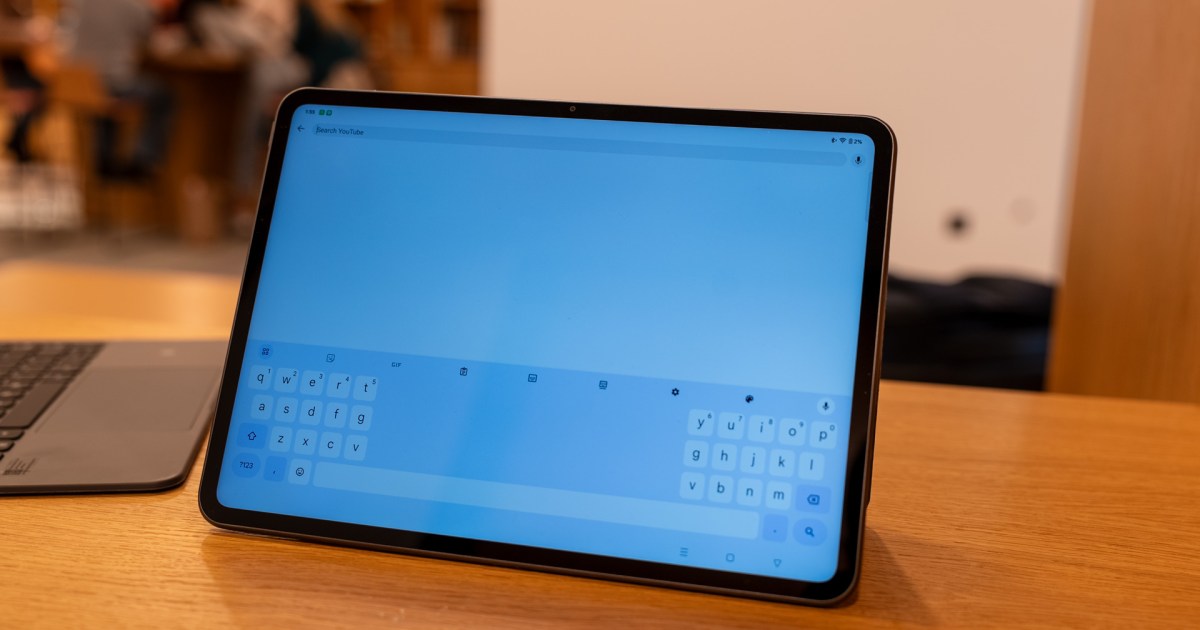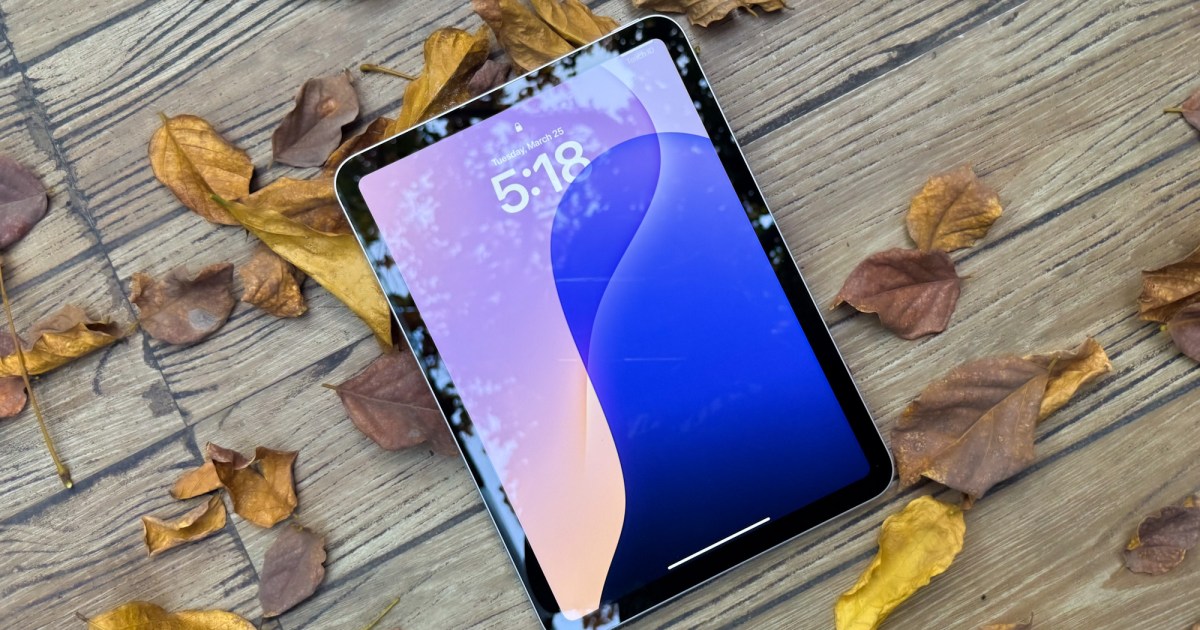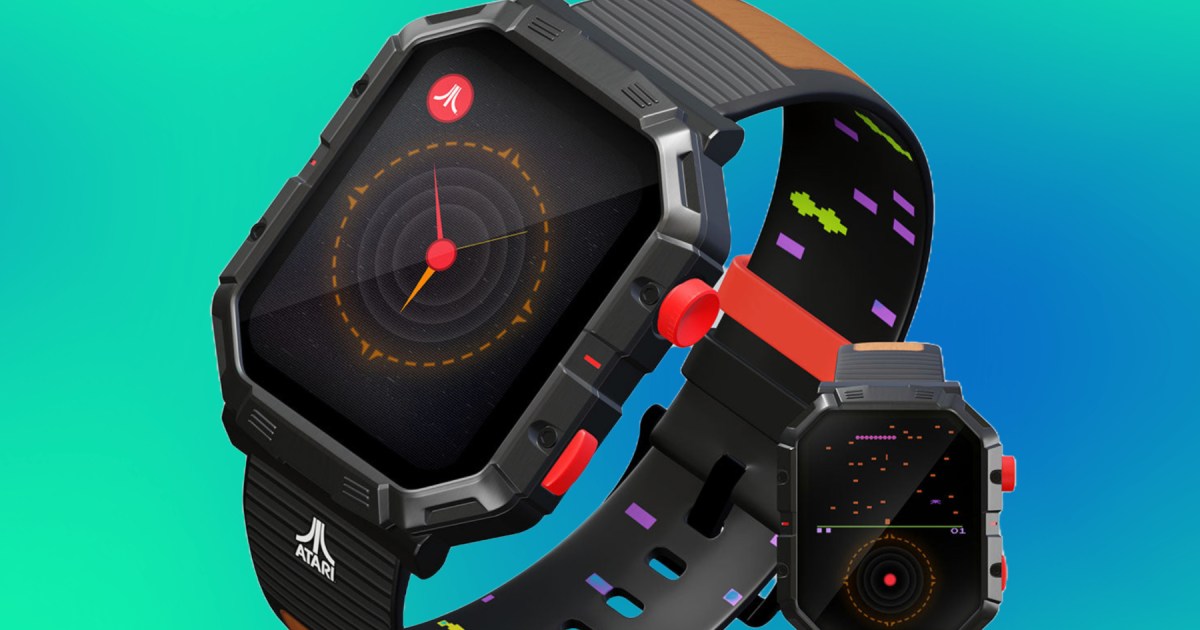The rumor mill is buzzing with speculation about the upcoming iPhone 17 series, including a potential design refresh. However, one upgrade, in particular, stands to significantly enhance the daily user experience: a high refresh rate ProMotion display for the base model. Bloomberg reports that the standard iPhone 17 is “likely to get some small enhancements to its rear camera, as well as a ProMotion display, which allows for smoother scrolling and animation.”
This long-awaited feature has become a standard offering in the Android ecosystem, even appearing on budget-friendly devices priced as low as $200. Yet, Apple has reserved this technology for its premium “Pro” iPhones and iPads, requiring a significant investment of at least $1,000.
The 60Hz Debate: Does It Really Matter?
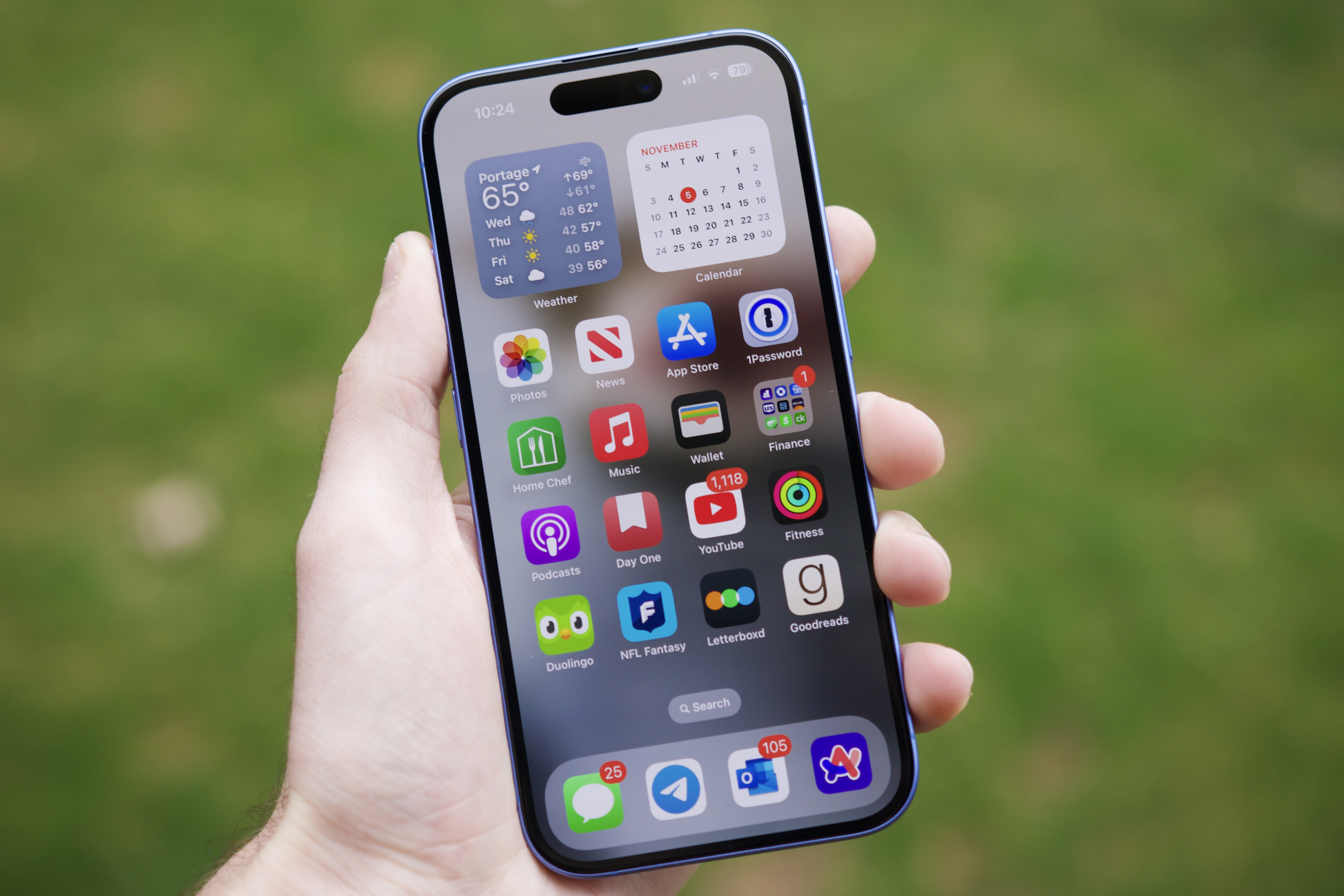 Someone holding an iPhone 16, showing a home screen.
Someone holding an iPhone 16, showing a home screen.
Apple has faced criticism for this disparity, and the difference between 60Hz and higher refresh rates like 90Hz or 120Hz is noticeable, particularly when making the initial switch. Once accustomed to 90Hz, the incremental benefits of 120Hz, 144Hz, or even 165Hz (found on some Asus ROG gaming phones) become less pronounced.
Some argue that a 60Hz display is sufficient for everyday phone usage, especially on a well-optimized device like the iPhone. MaagX’s Mark Jansen documented his experience reverting to a 60Hz display on the iPhone 15, reporting minimal disruption to his workflow. A similar sentiment echoed with the iPhone 16; while the increased fluidity is appreciated, occasional stutters on non-Pixel Android devices can negate the advantage. Apple’s meticulous UI optimization, from touch transitions to animations, mitigates this issue.
ProMotion: A Premium Feature No More?
 A person taking a photo with the Apple iPhone 16 Plus.
A person taking a photo with the Apple iPhone 16 Plus.
However, a smoother display experience should not be exclusive to premium devices. The fact that Apple reserves ProMotion (with a peak refresh rate of 120Hz) for its more expensive models suggests that the perceived value of this feature is significant. It seems that cost-cutting, rather than user experience, has been the primary factor behind this limitation.
The availability of a ProMotion display on the standard iPhone 17 indicates a shift in the supply chain, likely making 120Hz panels more affordable and less impactful on Apple’s profit margins. This development finally brings a widely appreciated feature to a broader audience.




